Late stage barnacle larvae (cyprids) of the
abundant Semibalanus balanoides can tolerate weeks embedded in
sea-ice
After thawing, most larvae survive, settle,
metamorphose, and grow to reproduction. For larvae kept in sea-ice for
two weeks, there is little penalty in terms of survival, settlement,
metamorphosis, and growth to reproduction. Furthermore, freezing
conditions changes cyprid's settlement behavior
In southern New England, USA, Semibalanus
settlement in the intertidal coincides with the coldest water and air
temperatures, which are often freezing. Thus, larvae sometimes face
freezing conditions when settling. Here are some photos of the
intertidal, the larvae , and some brave lab members. You can read the
whole story here.
|
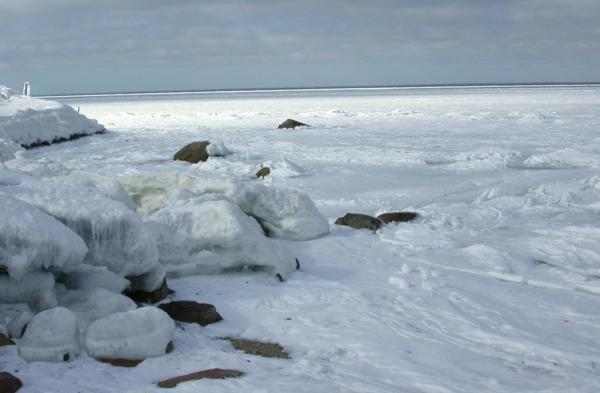 |
| Park Rd. site, in Buzzards Bay, Massachusetts, USA, 41.5325°N, 70.671°W.
Other photos of sites covered with ice:
1, 2,
and 3. |
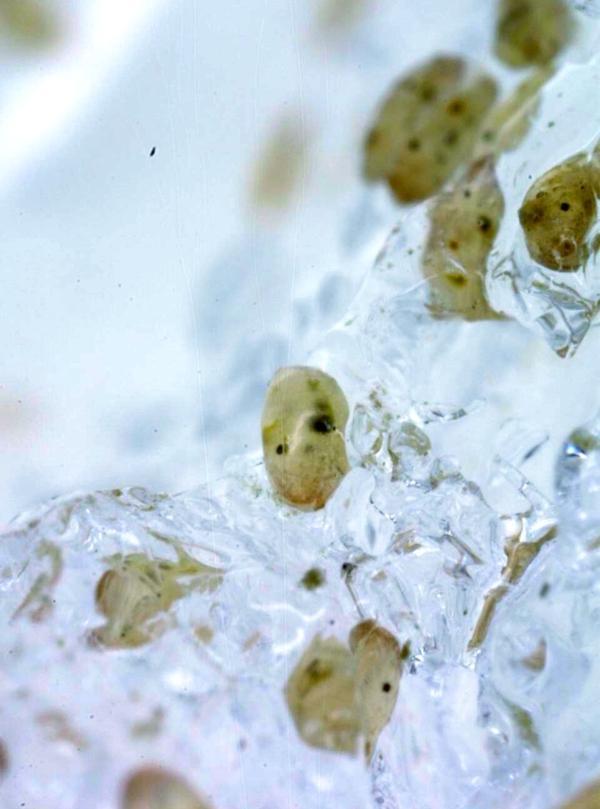 |
| Semibalanus balanoides in ice, sampled from the field |
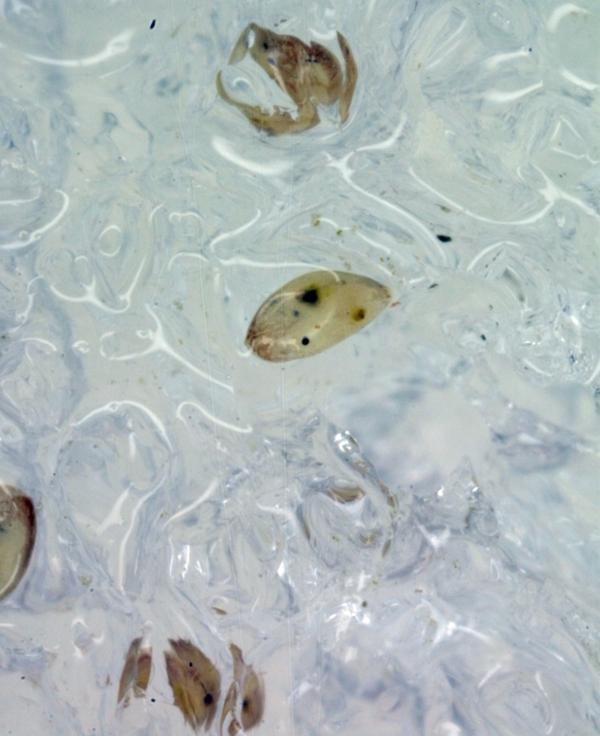 |
| Semibalanus balanoides in ice, sampled from the field (2) |
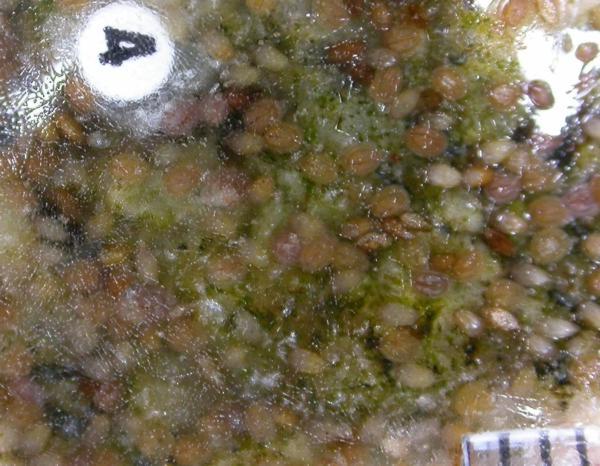 |
| Natural settlement substrate, frozen. (This is actually one of our
photo-quadrats.) Recently settled cyprids and metamorphs under a thin ice
layer. |
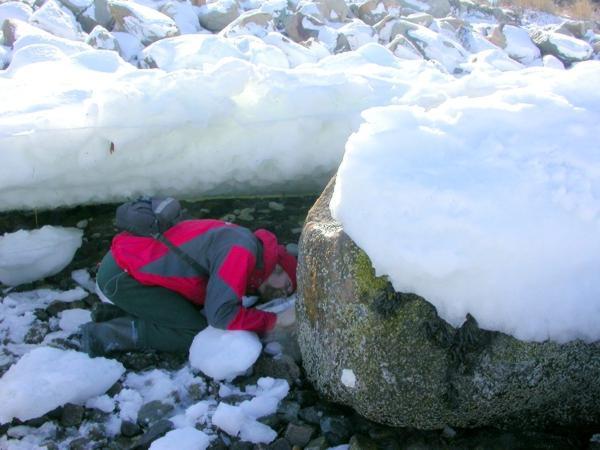 |
| Tom Bird, looking for barnacle settlers. |
 |
| Hazel Levine, in the intertidal, Rhode Island. |
 |
Carolina Cartes, looking for our photo quadrats.
|
© Jesús Pineda. All rights reserved.
|

